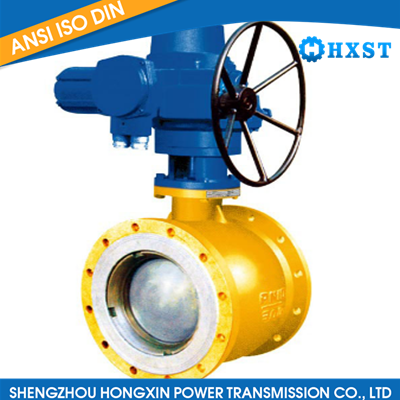



Product Item:HXST-6006
Model:Electricity and wear resistance valve
Process: CNC machining
Delivery period: 45-60 Day
Packing: Exit wooden box
When classifying electrically actuated valves with wear-resistant properties, they can be categorized based on various criteria such as valve type, actuation method, construction materials, application, and performance specifications. Here is a classification description based on these factors:
Valve Type:
Ball Valves: Utilize a rotating ball to control flow.
Butterfly Valves: Feature a disc that rotates to regulate flow.
Gate Valves: Use a gate mechanism to control flow.
** Globe Valves**: Provide linear flow regulation through a globe-shaped body.
Diaphragm Valves: Operate using a flexible diaphragm to control flow.
Check Valves: Allow flow in one direction only to prevent backflow.
Actuation Method:
Electric Actuation: Involves the use of electric motors or solenoids for valve control.
Pneumatic Actuation: Utilizes compressed air to operate the valve.
Hydraulic Actuation: Relies on hydraulic pressure to actuate the valve.
Construction Materials:
Stainless Steel Valves: Known for their corrosion resistance and durability.
Ceramic-Coated Valves: Provide excellent wear resistance and longevity.
Polymer-Enhanced Valves: Incorporate specialized polymers for enhanced wear properties.
Application:
Industrial Valves: Used in heavy-duty industrial processes.
Automotive Valves: Found in automotive systems requiring wear resistance.
Aerospace Valves: Employed in aerospace applications demanding reliability.
Medical Valves: Utilized in medical equipment for precise fluid control.
Performance Specifications:
Pressure Rating: Indicates the maximum pressure the valve can withstand.
Temperature Range: Specifies the operating temperature limits of the valve.
Flow Capacity: Describes the maximum flow rate the valve can handle.
Leakage Class: Defines the allowable leakage rate of the valve.
By considering these classification factors, users can select the most suitable electrically actuated valve with wear-resistant properties for their specific application requirements.